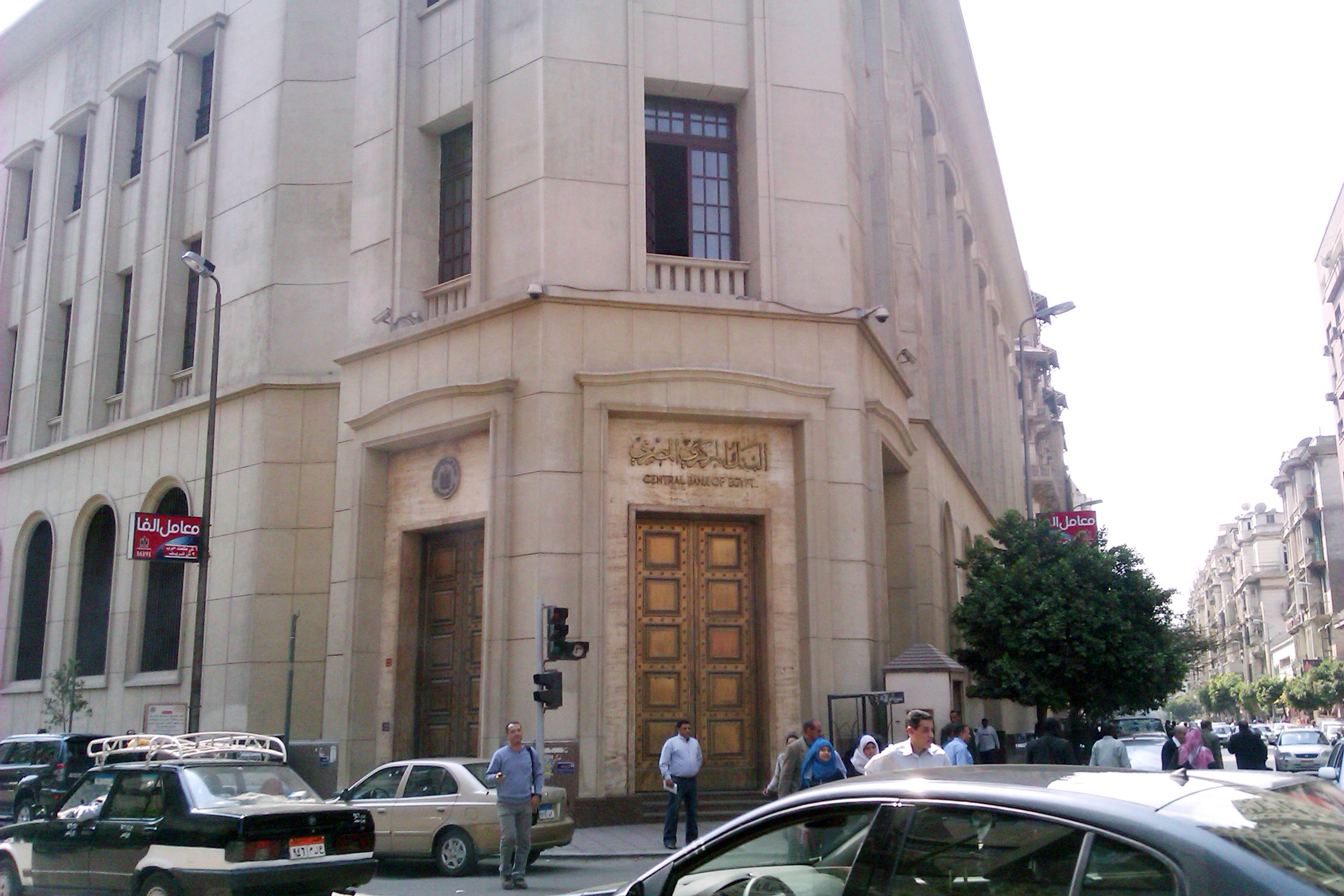In the fiscal year (FY) of 2016/17, Egypt’s Balance of Payments (BOP) ran an overall surge of $13.7bn, of which $12.2bn were realised in November/June 2016/17, following the Central Bank of Egypt’s (CBE) decision of the exchange rate liberalisation against an overall deficit of $2.8bn in the previous FY. According to a recent report by the CBE, this is because the capital and financial account recorded a net inflow of $29bn (against $21.2bn in the previous FY) and the current account deficit narrowed by 21.5% to $15.6bn (from $19.8bn in the previous FY).
The Current Account
The CBE stated that the current account deficit fell by 21.5% to $15.6bn (from $19.8bn in the previous FY). The CBE noted that the deficit narrowed by13.1% in October/December—by 37.7% in January/March and by 50.0% in April/June, after it had registered a surge of 24.3% in July/September 2016 (before the liberalisation decision).
Trade Balance
In FY 2016/17, the trade deficit declined by 8.4% to $35.4bn (from $38.7bn a year earlier) because of the $3bn increase in merchandise exports and the $265.6m decline in merchandise imports, according to the CBE.
The report pointed out that merchandise export proceeds rose by 15.9% to $21.7bn (from $18.7bn), thanks to the rise in both non-oil and oil exports.
The former increased by 16.2% from $13bn to $15.1bn.
The CBE noted that this is reflecting the improvement of the competitiveness of Egyptian exports immediately after the flotation decision, adding that the latter moved up by 15.4%, from $5.7bn to $6.5bn. Concurrently, merchandise imports stepped down by 0.5% to register $57.1bn (against $57.4bn), as non-oil imports declined by 4.5% to $45.9bn (against $48.1bn last year).
Meanwhile, oil imports increased by $1.9bn. It is noteworthy that the April/June 2017 shows the improvement in the trade deficit by 5.1%, to register $8.4bn (against $8.8bn), mainly due to the 7.4% rise in export proceeds and the 0.4% retreat in merchandise imports.
Services Balance
In FY 2016/17, services surplus picked up by 4.3%, to record $6.8bn (against $6.5bn a year earlier) on the back of several developments.
The CBE stated that these developments include the rise in travel receipts (tourism revenues) by 16.2% to $4.4bn, up from $3.8bn.
Tourism revenues registered increases of 128.3% and 201.5% in January/March and April/June 2017 respectively, after falling by 56.1% and 15.8% in July/September and October/December 2016.
The retreat in travel payments to only $2.7bn (from $4.1bn), on account of the decline in e-card payments abroad from $2.5bn to $1.6bn.
In April/June 2017, travel payments noticeably declined by 53.3%, thereby registering $550.2m (versus $1.2bn) as a result of the 70.7% fall in e-card payments, to post $226.9m (against $774.6m).
Moreover, the CBE added that the Suez Canal receives fell to $4.9bn (against $5.1bn). This came on the back of the fall in the value of Special Drawing Right (SDR) versus the US dollar by an average of 1.9%, notwithstanding the higher net tonnage of transiting vessels by 0.8%.
Investment Income Balance
In addition, the CBE said that investment income balance ran a deficit of $4.4bn in FY 2016/17, primarily because investment income payments registered $4.9bn (64.3% of which were transferred by oil and non-oil foreign companies operating in Egypt). In contrast, investment income received registered a modest figure of $497.9m.
Unrequited Current Transfers in FY 2016/17 inched up by 4.1% to register $17.5bn (versus $16.8bn), because of, mainly, to the increase in net private transfers from $16.7bn to $17.3bn, supported by the increase in workers’ remittances to $17.5bn (from $17.1bn a year earlier).
It is worth noting that workers’ remittances increased in November/June 2016/17 (the period following the flotation of the pound) by $1.4bn to $12.8bn (against $11.4bn in the corresponding period a year before).
Capital and Financial Account
Registering a net inflow of $29bn in FY 2016/17 (against $21.2bn), the capital and financial account signalled the growing confidence in the Egyptian economy, especially after initiating the economic reforms, mainly the liberalisation of the Egyptian pound.
The CBE highlighted the main developments in the capital and financial account that took place in FY 2016/17, as compared to FY 2015/16, which included the total inflows of foreign direct investments (FDI) in Egypt. This figure rose by 6.5% to $13.3bn (from $12.5bn), while total outflows recorded $5.4bn against $5.6bn. Accordingly, the CBE noted that net inflows of FDI in Egypt rose to $7.9bn, against $6.9bn, as a direct result of the $2.3bn rise in net inflows for oil sector investments, to post $4bn (against $1.7bn).
The investment portfolio in Egypt augmented in FY 2016/17 and unfolded, as such, a net inflow of $16bn (against a net outflow of $1.3bn). The CBE attributed to the rise in foreigners’ investments in Egyptian treasury bills, recording net purchases of $10bn. Moreover, the Egyptian government floated bonds in international markets, in the period following the liberalisation of the exchange rate, where foreigners’ investments accounted for $6.8bn. In addition, foreigners’ investments in the Egyptian Exchange (EGX) rose in FY 2016/17 to register net purchases of $497.3m (against $157.1m).
Other assets and liabilities realised a net outflow of $2.5bn (against a net inflow of $8.5bn). This came on the back of the rise in banks’ foreign assets and foreign currency resources immediately after the liberalisation of the exchange rate.
As such, banks’ foreign assets rose by $9.5bn, and their foreign liabilities by only $1.4bn.




